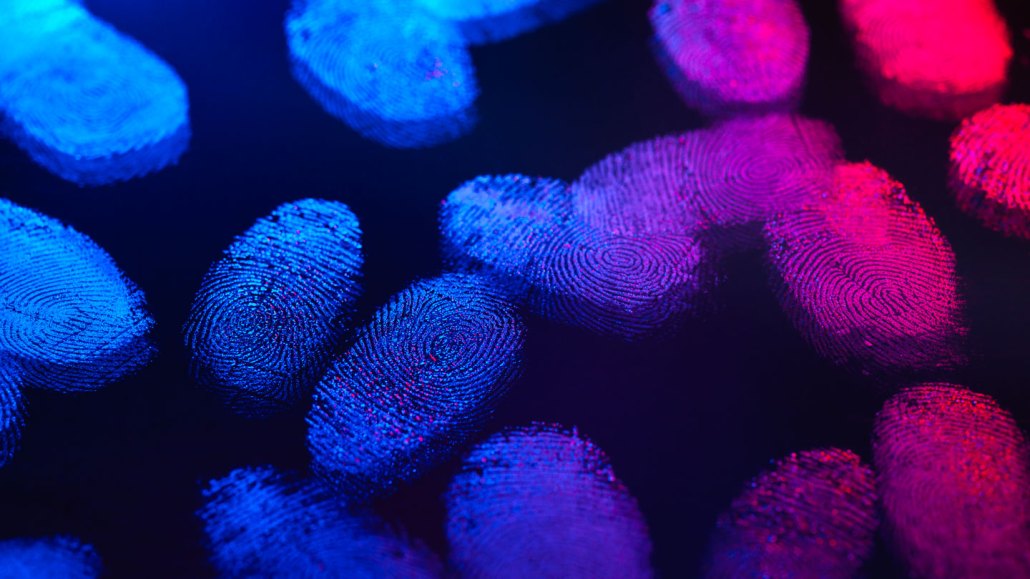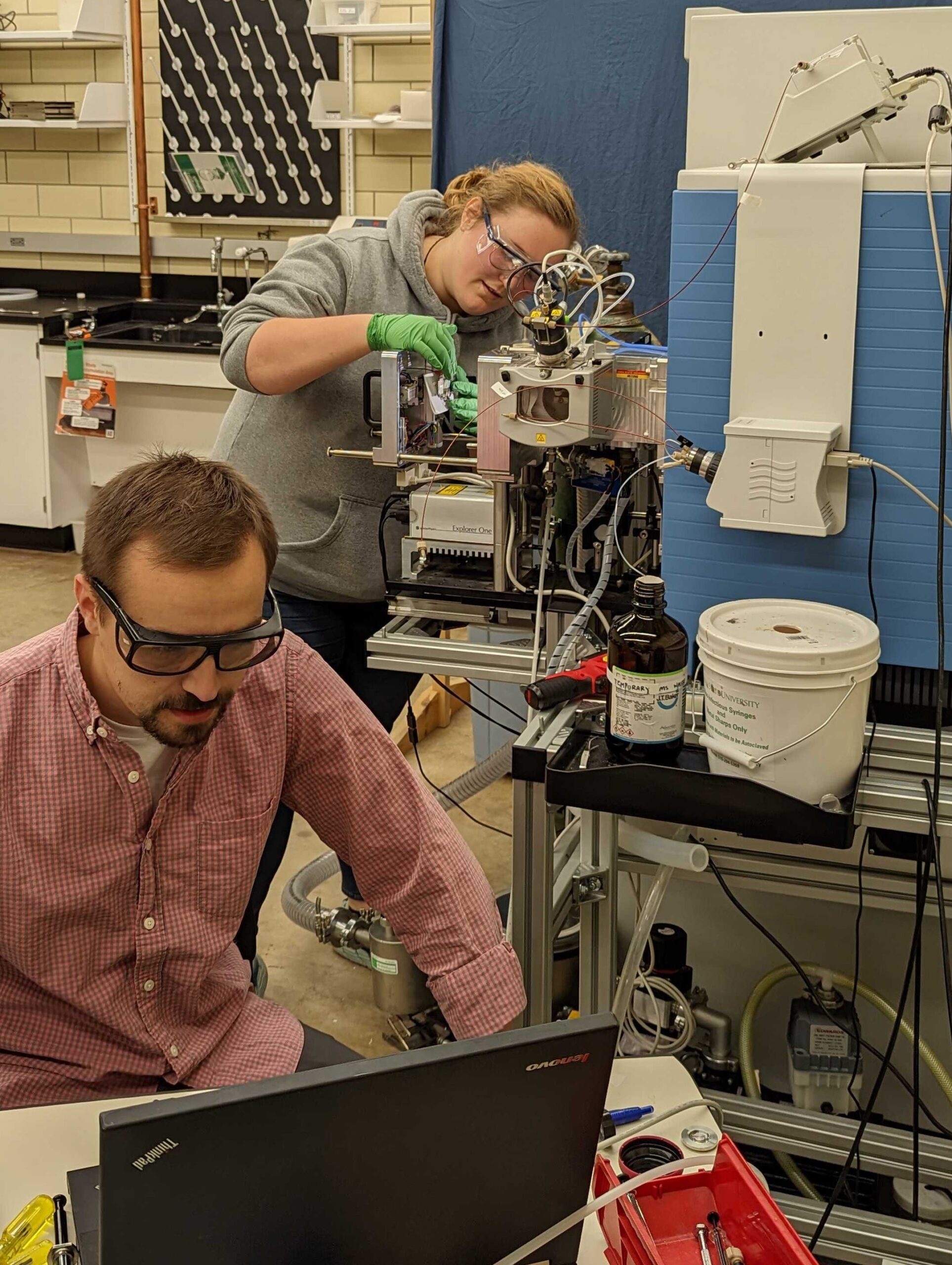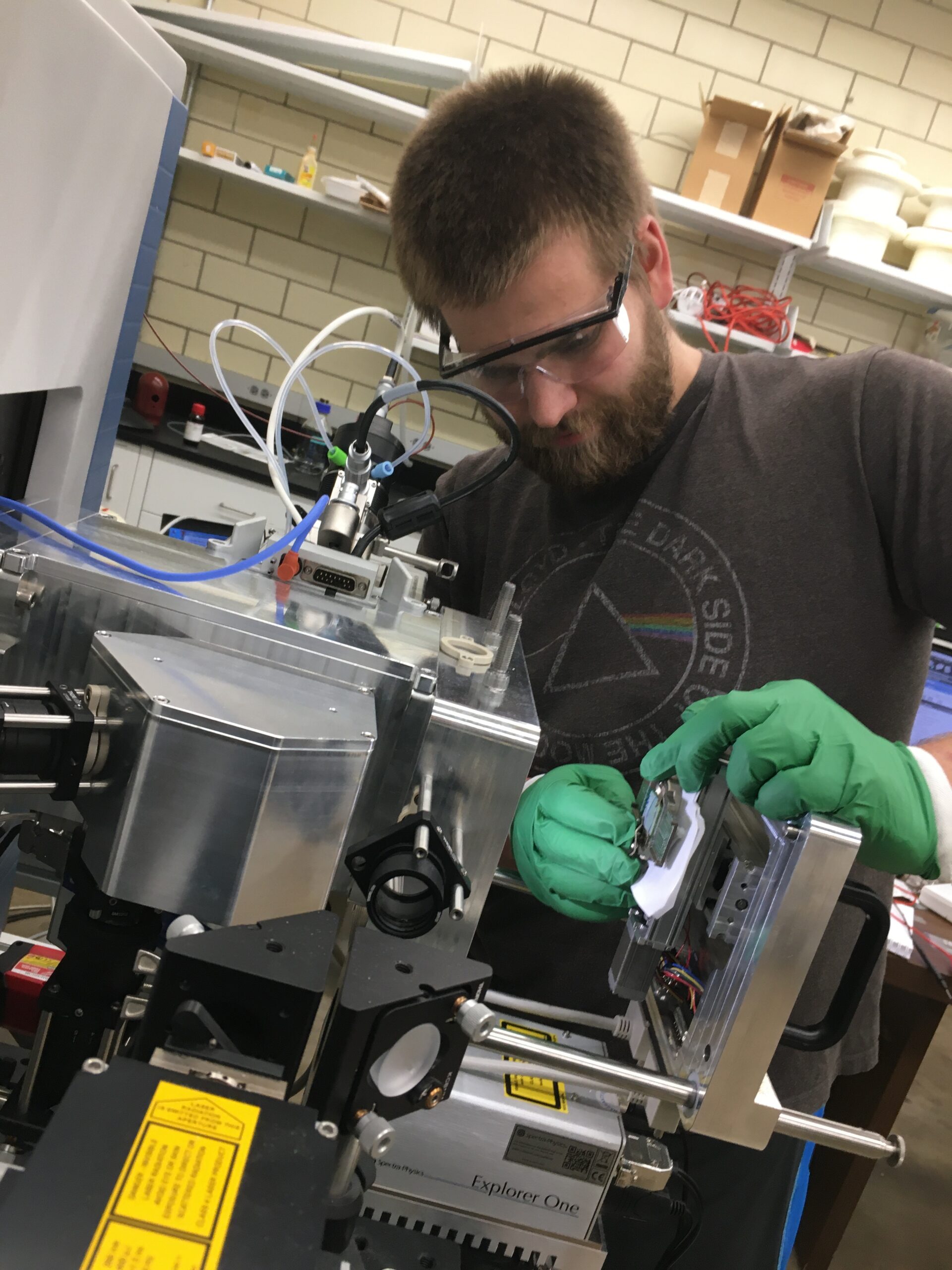Was that fingerprint left during a crime? A new test may answer that
In what could be a boon to forensics, chemists identify a way to date a fingerprint’s age

Crime-scene investigators routinely dust for fingerprints. But it’s been hard to know whether those prints had been left during a crime. A new chemical analysis may change that.
Andrew Brookes/Getty Images
Share this:
- Share via email (Opens in new window) Email
- Click to share on Facebook (Opens in new window) Facebook
- Click to share on X (Opens in new window) X
- Click to share on Pinterest (Opens in new window) Pinterest
- Click to share on Reddit (Opens in new window) Reddit
- Share to Google Classroom (Opens in new window) Google Classroom
- Click to print (Opens in new window) Print
If you read mystery stories, you know the value of fingerprints at a crime scene. Evidence suggests that no two people have the exact same fingerprints. That’s why experts often use them to identify a suspect. But showing the print had not been left at the time of the crime might help exonerate a suspect. Until now, forensic teams haven’t been able to tell a print’s age. A new chemistry technique may solve that problem.
Fingerprints — those whorls and swirls left by the ridges on your fingers — consist mostly of oily chemicals secreted by the skin, notes Young Jin Lee. He’s a chemist at Iowa State University in Ames. Through reactions with the oxygen in air, these chemicals can change. By knowing the rate at which some chemicals degrade or disappear, scientists should be able to calculate how old a print is.
Lee and graduate student Andrew E. Paulson, also at Iowa State, teamed up to see if they could do that.
The pair started with ozone. This molecule, made of three oxygen atoms bound together, can be found indoors and out. These chemists knew that even small traces of the gas will react with some of the chemicals typically found in a print. Those reactions can create a soup of new compounds, says Lee, causing some print constituents to morph over time. Others won’t change.
He and Paulson sought to identify how the share of certain key marker chemicals change relative to those that don’t degrade quickly. By measuring the relative abundance of these chemicals in a print, they could make a molecular time-stamp showing the fingerprint’s age.
Their initial experiments now show it seems to work.
Aging those oily residues
The chemists asked a volunteer to leave 14 thumbprints on a series of glass slides. Then they left those slides open to the air for a week. Each day, the researchers analyzed the prints using mass spectrometry (Spek-TRAA-meh-tree). To precisely identify a chemical, this technique identifies atoms and molecules base on their mass. The researchers also measured how the share of each identified chemical in a print changed from one day to the next.

For a closer look at the data, they used a tool called a Kendrick mass defect (KMD) plot. This graphing technique adjusts the scale of the mass-spectrometry findings. Explains Paulson, “It clusters things together so they’re easier for us to interpret.” The method, he says, was borrowed from chemists in the oil and gas industry. Those chemists use it to analyze the hydrocarbons that make up a particular sample of crude oil.
The KMD plot clearly showed changes in the fingerprints’ oily compounds over the span of seven days.
One was squalene (SKWAY-leen), a hydrocarbon produced in the skin. Another was triacylglycerol (Try-aa-syl-GLIH-sur-awl). That’s a lipid (fatty material) made by the body and found on our skin. The amount of both in a fingerprint dropped in just two to three days. A different compound found on the skin increased during the week: a fatty acid known as decanoic (Dek-ah-NOH-ik) acid.
By comparing the amounts of such compounds, Paulson and Lee think they may be able to determine the age of a print that had been left within the past two weeks.
Their new data could help home in on which chemical changes matter — and which don’t. Then they’d build them into a computer model. Such a computer program would look to match the patterns and amounts of chemicals found in a print against some database. That database would show how quickly the starting chemicals tend to decay or increase when exposed to the oxygen in air. In this way, forensic teams should be able to assign an age to recent prints.
Paulson and Lee shared their early findings in September 2022 in ACS Central Science.


Not yet ready for prime time
The new technique shows promise, says Karl Desil. This forensic scientist is a fingerprint expert with the Virginia Department of Forensic Science in Richmond. A print’s oily residues have helped solve plenty of crimes. Knowing the age of a print would be very helpful, he says. For example, investigators could rule out suspects if the prints on a murder weapon came from before a crime occurred. That’s not possible today.
But for now, he says, the Iowa State technique has a long way to go before it will be useful at a crime scene. For one, he says, it needs testing under real-life conditions, not just in the lab. He’d also like to see it tested on prints left on different kinds of surfaces or exposed to various types of weather.
Paulson and Lee don’t argue with that. The method also can’t yet show exactly when the prints were left. They’re still refining their technique to help resolve that. One day, they hope, it can help forensic teams establish whether prints are linked to when a crime occurred — not just where it took place.







